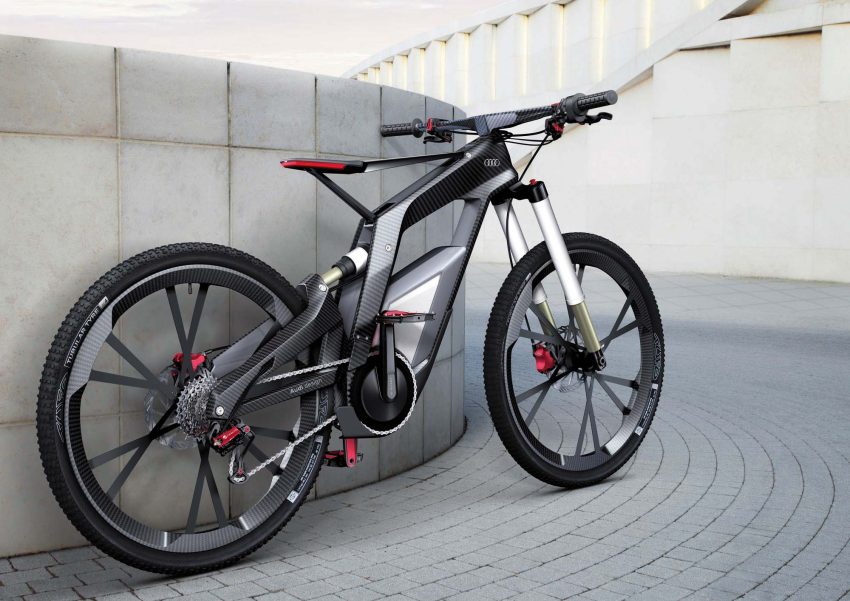In an age where sustainability, health, and convenience reign supreme, electric bikes, or e-bikes, have rapidly gained popularity. These two-wheeled wonders offer a compelling alternative to traditional bicycles and gas-guzzling vehicles. Whether you’re a seasoned cyclist or just looking to make your daily commute more eco-friendly, electric bike can provide a fantastic solution. In this blog, we’ll explore the world of electric bikes and why they’re transforming the way we move.
The Rise of Electric Bikes
Electric bikes, also known as e-bikes, are essentially bicycles with an electric motor that assists riders in pedaling or, in some cases, fully propels the bike. The concept of electric bicycles dates back several decades, but recent advancements in battery technology and motor efficiency have made e-bikes more practical and affordable. As a result, their popularity has surged in recent years.
Benefits of Electric Bikes
- Eco-Friendly Commuting: E-bikes are a sustainable mode of transportation, as they produce zero emissions. They offer an eco-friendly way to reduce your carbon footprint while enjoying the convenience of motorized transportation.
- Health and Fitness: Contrary to common misconceptions, e-bikes still require pedaling, but the electric assist makes it easier. This means that riders can choose the level of physical effort they want to exert. E-bikes encourage more people to get on a bike, get active, and improve their overall health.
- Cost-Efficient: When compared to traditional cars or motorcycles, e-bikes are much more cost-effective. Charging an e-bike’s battery costs significantly less than filling up a gas tank, and maintenance expenses are generally lower.
- Commuting Made Easy: Electric bikes are an excellent choice for commuting. They can help you breeze through traffic, avoid the hassle of parking, and arrive at your destination faster.
- Extended Range: E-bikes have a range that extends beyond the capabilities of a traditional bicycle. This makes them perfect for longer rides and hilly terrains, as the motor can provide a boost when needed.
Types of Electric Bikes
- Pedal-Assist (Pedelec): Pedal-assist e-bikes only provide assistance when the rider is pedaling. The level of assistance can often be adjusted to control the level of effort you want to exert.
- Throttle-Controlled: Throttle-controlled e-bikes work similarly to a scooter, allowing the rider to control the speed with a throttle, without the need for pedaling.
- Cargo E-bikes: These are designed with utility in mind and often feature large cargo areas for transporting goods, groceries, or even children.
- Folding E-bikes: These compact e-bikes are perfect for urban commuters who need a convenient and portable solution for their daily transportation needs.
E-Bike Safety and Regulations
While e-bikes offer numerous advantages, it’s essential to be aware of local regulations and safety guidelines. Laws regarding electric bikes vary from place to place, covering factors such as maximum speed, motor power, and age restrictions. Always ensure you are in compliance with your local e-bike regulations to avoid potential legal issues.
The Future of Electric Bikes
As battery technology continues to evolve, we can expect electric bikes to become more efficient and affordable. The rise of e-bike sharing programs in cities around the world shows their increasing popularity and importance in urban mobility. With the ongoing emphasis on sustainability and green transportation, electric bikes are likely to play a significant role in shaping the future of urban commuting.
Conclusion
Electric bikes have revolutionized the way we approach transportation. They offer an eco-friendly, cost-efficient, and healthy mode of travel that is accessible to a wide range of individuals. Whether you’re a seasoned cyclist looking to extend your range or someone considering a more sustainable way to commute, electric bikes provide a thrilling and practical solution. So, why not give e-bikes a spin and experience the joy of an electrifying ride?
